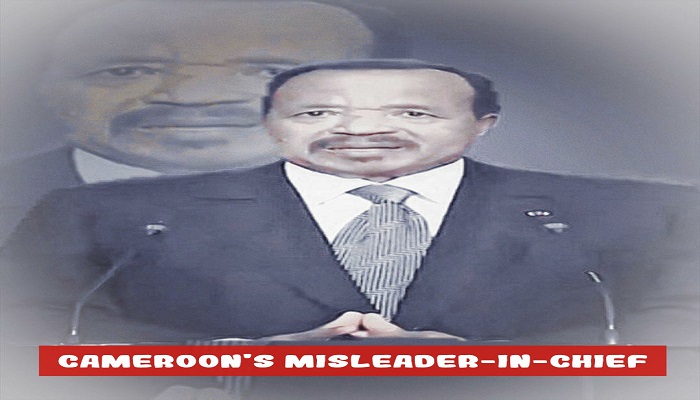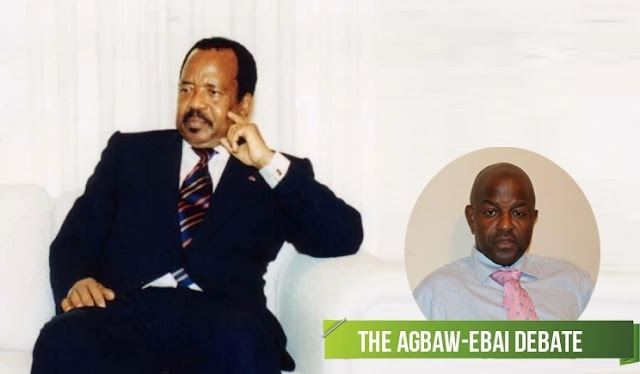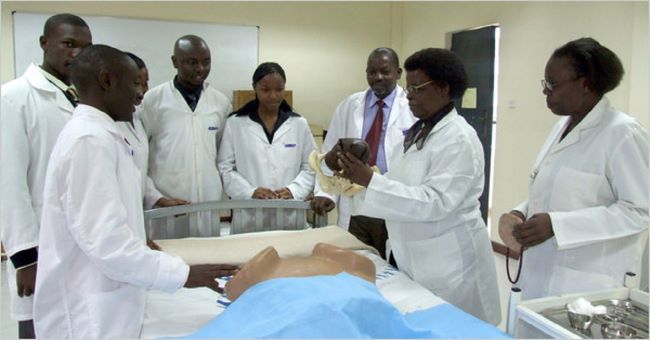Privacy Overview
This website uses cookies so that we can provide you with the best user experience possible. Cookie information is stored in your browser and performs functions such as recognising you when you return to our website and helping our team to understand which sections of the website you find most interesting and useful.


















2, November 2023
646,000 Anglophones remained internally displaced in Southern Cameroons 0
Nearly 646,000 Cameroonians remained internally displaced in Northwest and Southwest as of September 2023 as conflict between non-state armed groups and government security forces persisted, according to the Office of the UN High Commissioner for Refugees (UNHCR). The conflict—which began in 2016—has resulted in human rights violations against civilian populations, the destruction of property, and the disruption of livelihood activities. Fighting has also hindered humanitarian assistance activities with reports of abductions of humanitarian actors and repeated lockdowns, the UN reports. An additional 428,000 people remained displaced in the Far North Region as of September 2023, where attacks by the Islamic State West African Province against the Cameroonian military and violence against civilians continue to drive both new and protracted population displacement and limit humanitarian access in the region’s Logone-et-Chari, Mayo-Sava, and Mayo-Tsanaga divisions. Several armed incursions during April and May 2023 displaced thousands of people in Mayo-Tsanaga’s Mayo-Moskota and Mokolo sub-divisions, the International Organization for Migration (IOM) reports.
Conflict and insecurity continue to disrupt livelihood activities, markets, and trade across Cameroon’s Northwest, Southwest, and Far North regions, resulting in reduced access to food and income and heightened staple food prices, according to the Famine Early Warning Systems Network (FEWS NET). In the Northwest and Southwest regions, sporadic clashes between government forces and non-state armed groups continue to impede households’ access to income-earning activities and inflate production and trade costs. The price of maize remained elevated during September despite the seasonal harvest; specifically, maize prices increased by an estimated 14 percent in areas of Northwest and 35 percent in Southwest, FEWS NET reports.
As of September 2023, nearly 477,000 refugees—sheltering mostly in the Adamaoua, East, and North regions— remained displaced by armed conflict, intercommunal violence, the effects of climate change, and political instability in neighboring Central African Republic (CAR), according to UNHCR. Many of these refugees are unable to return to CAR, primarily due to fears of ongoing violence, and currently live in poorly protected and crowded conditions without access to basic services or adequate livelihood opportunities. The influx of CAR refugees has strained host communities’ response capacity as resources for relief efforts and government-led social services remain limited amid growing needs in other areas of Cameroon.
Culled from Reliefweb